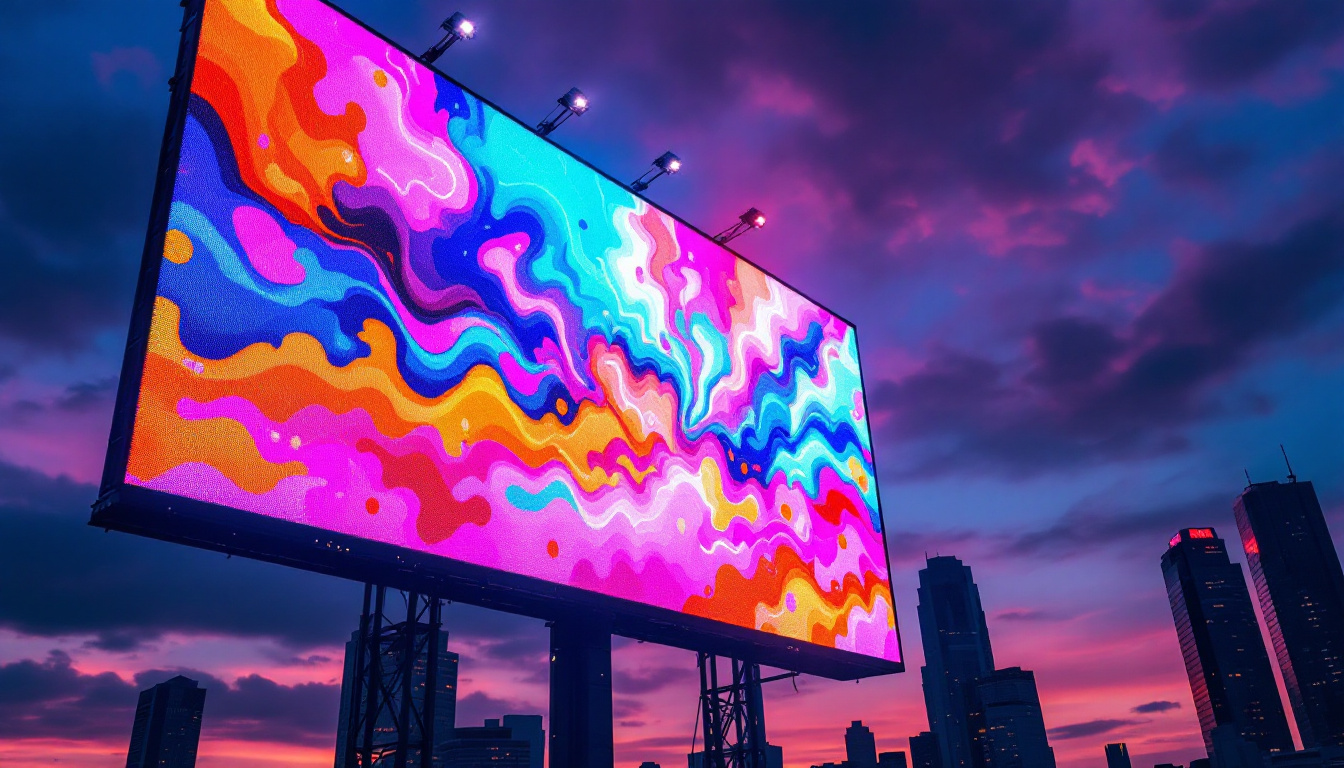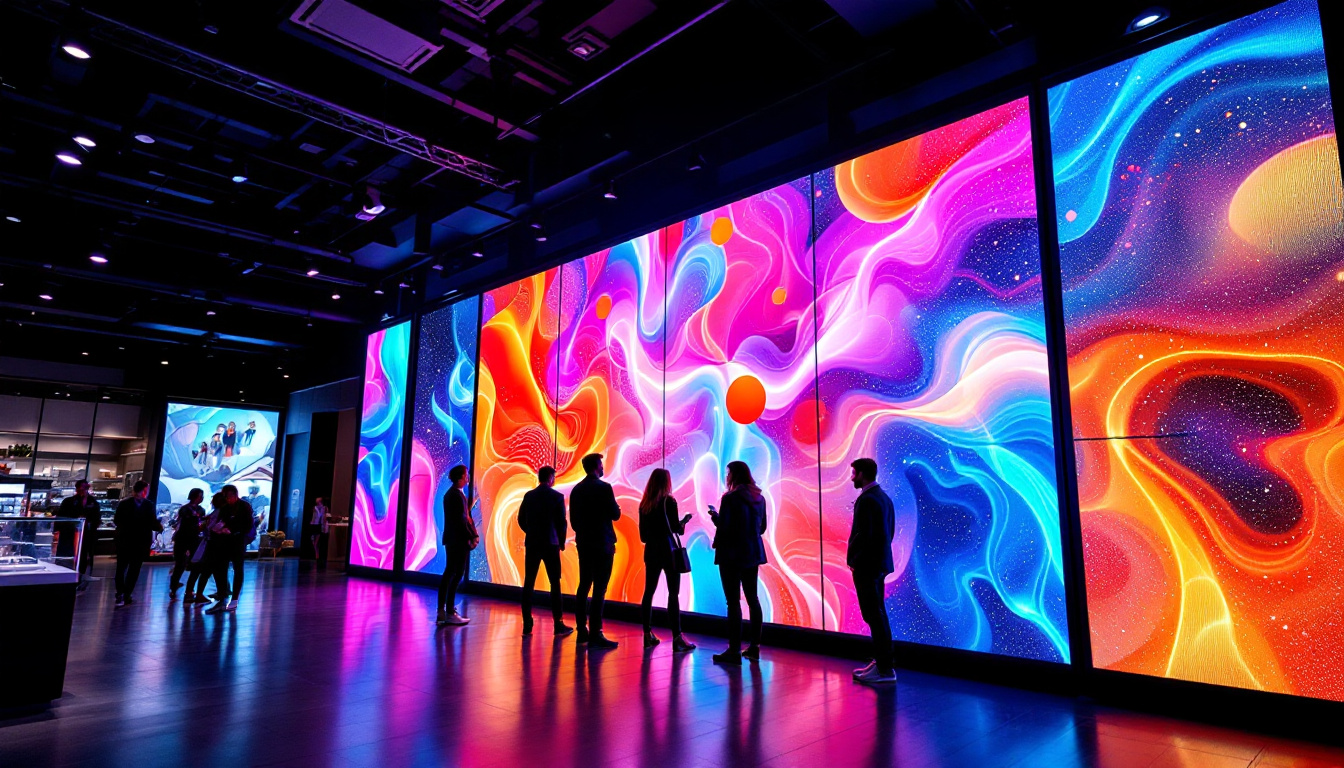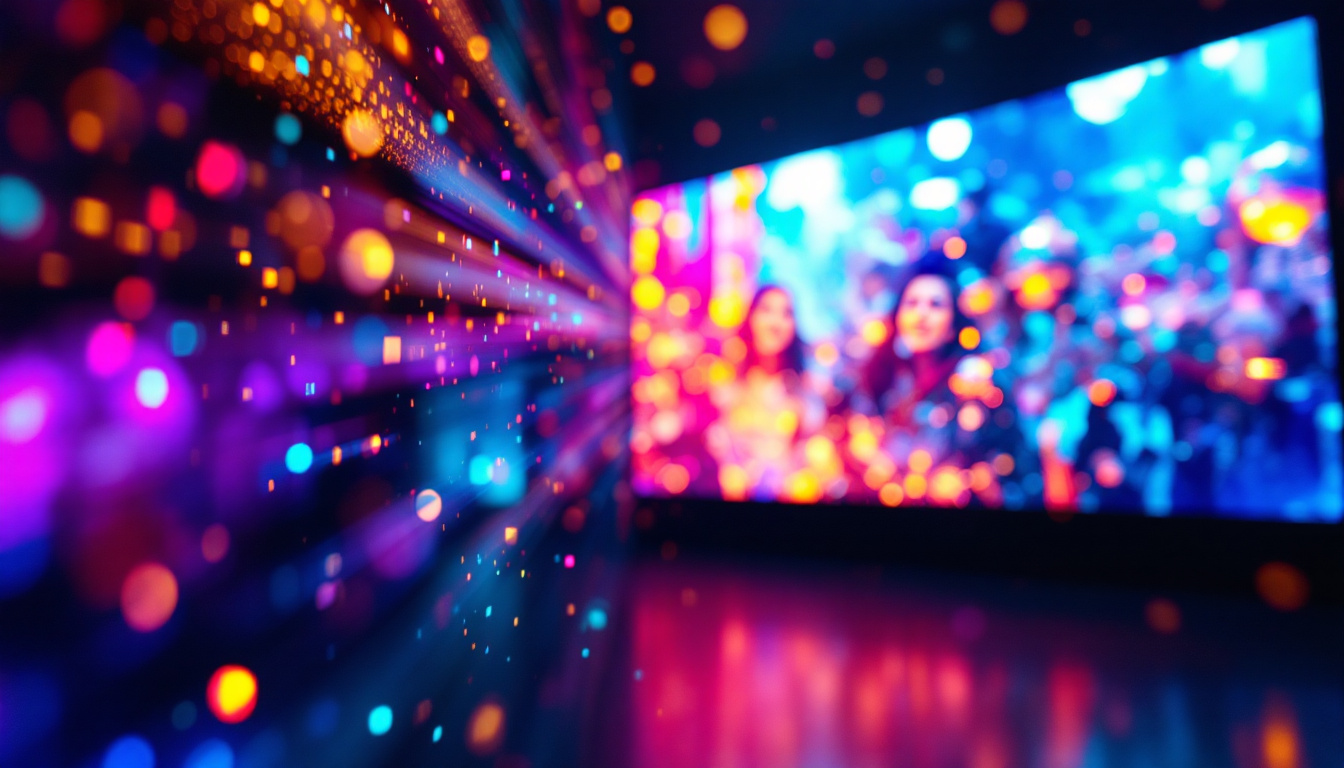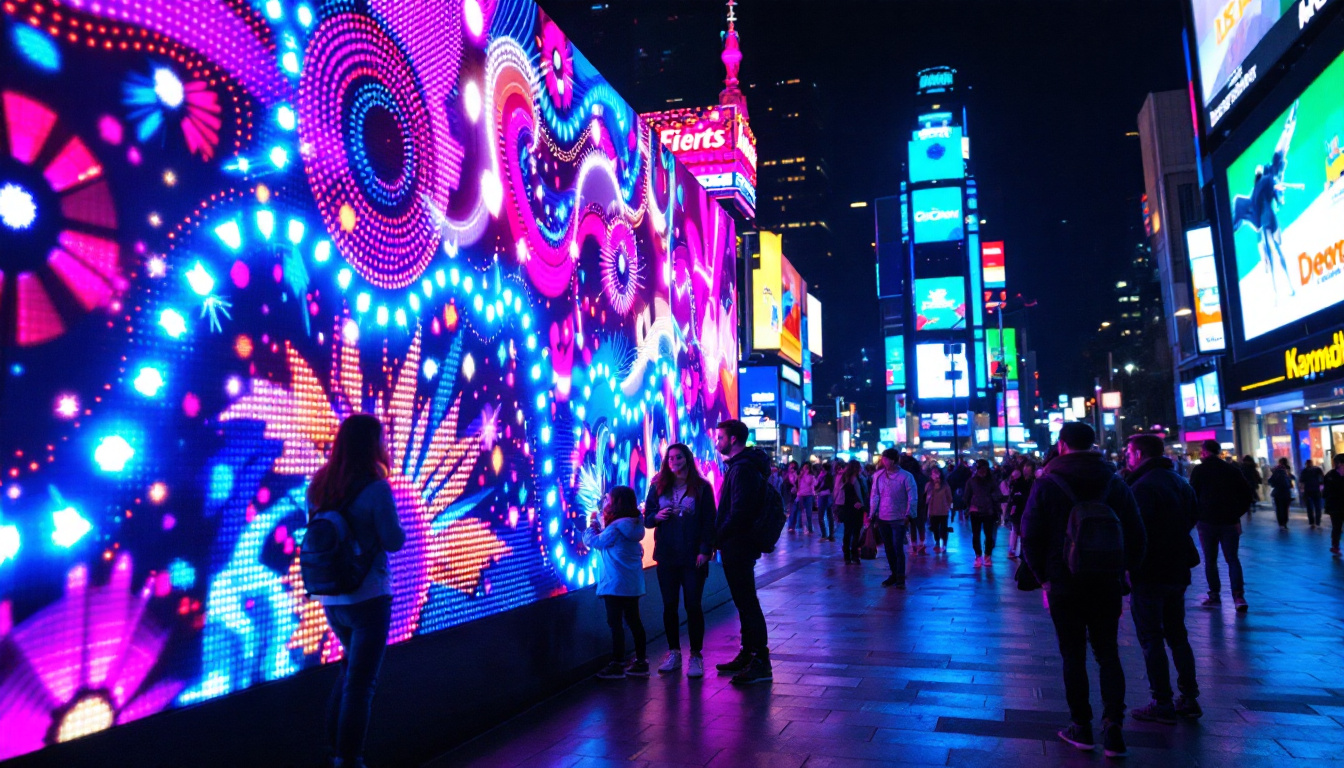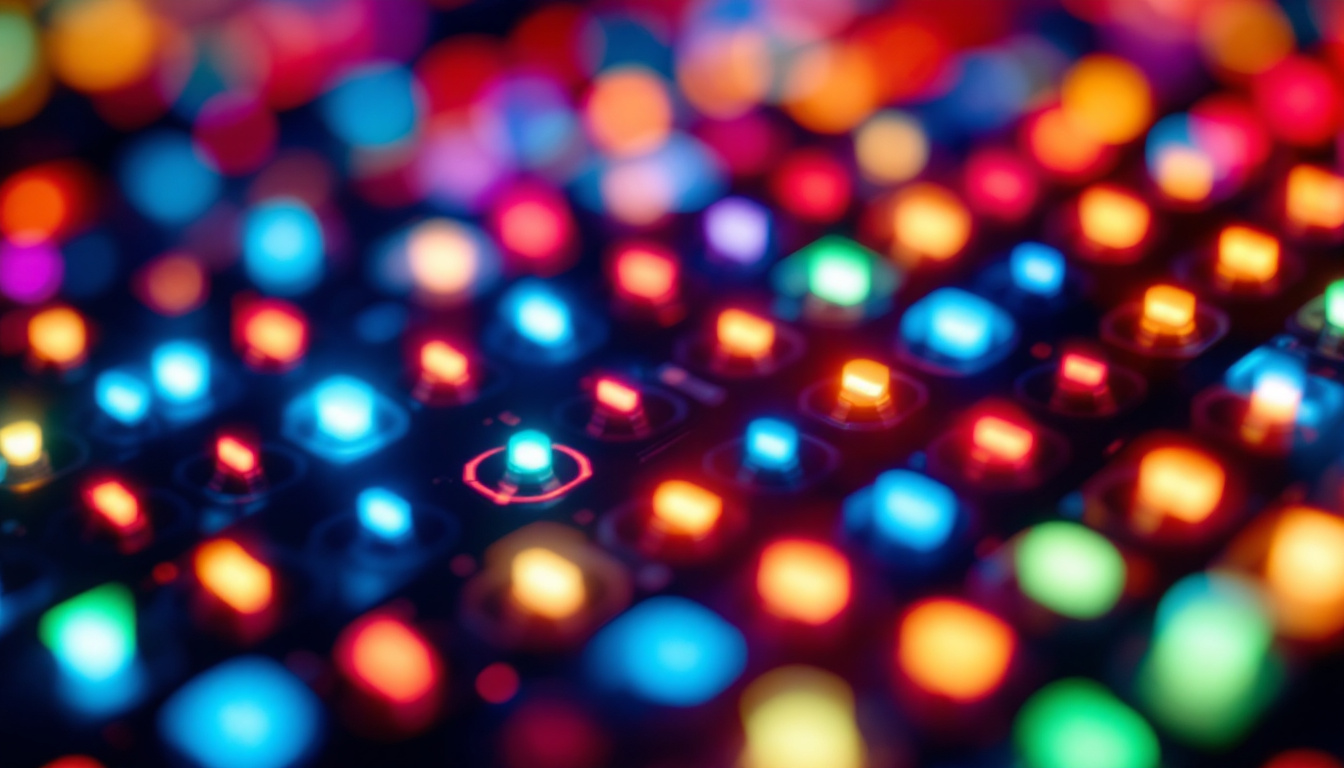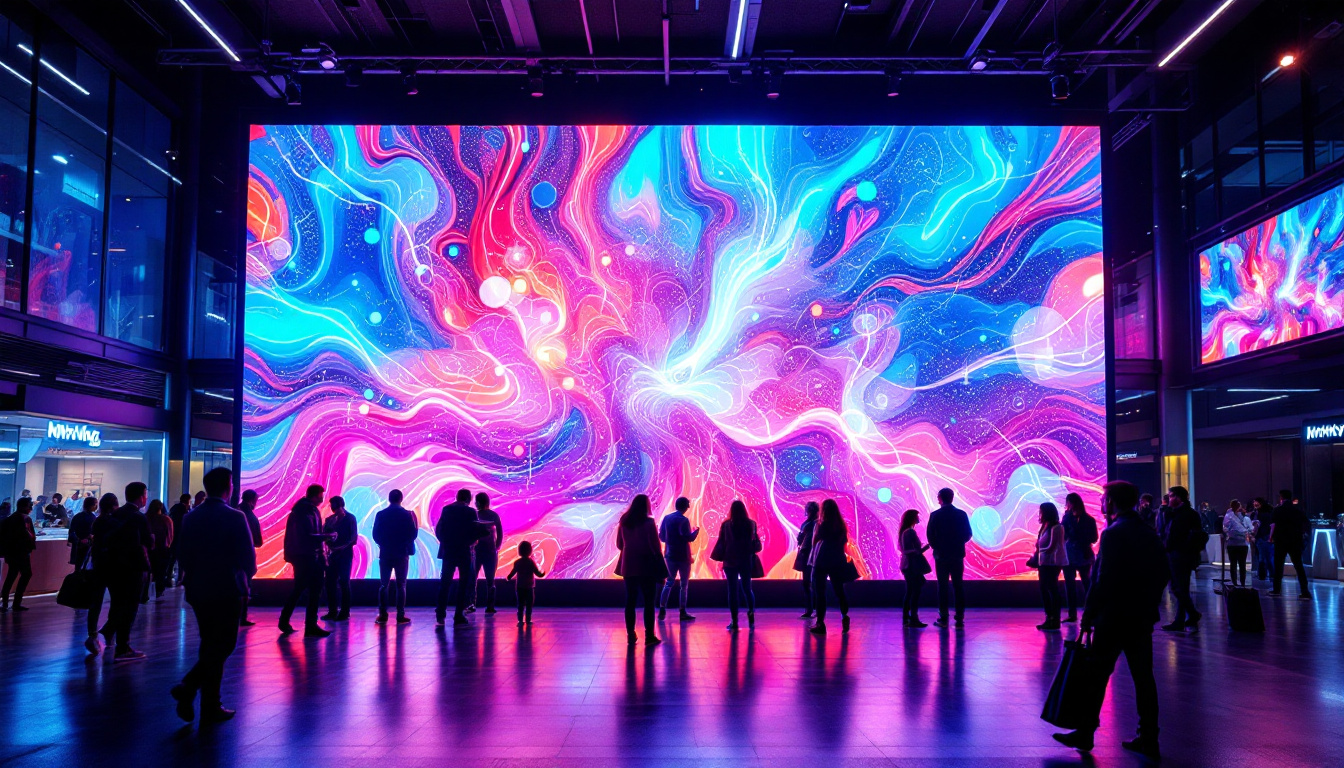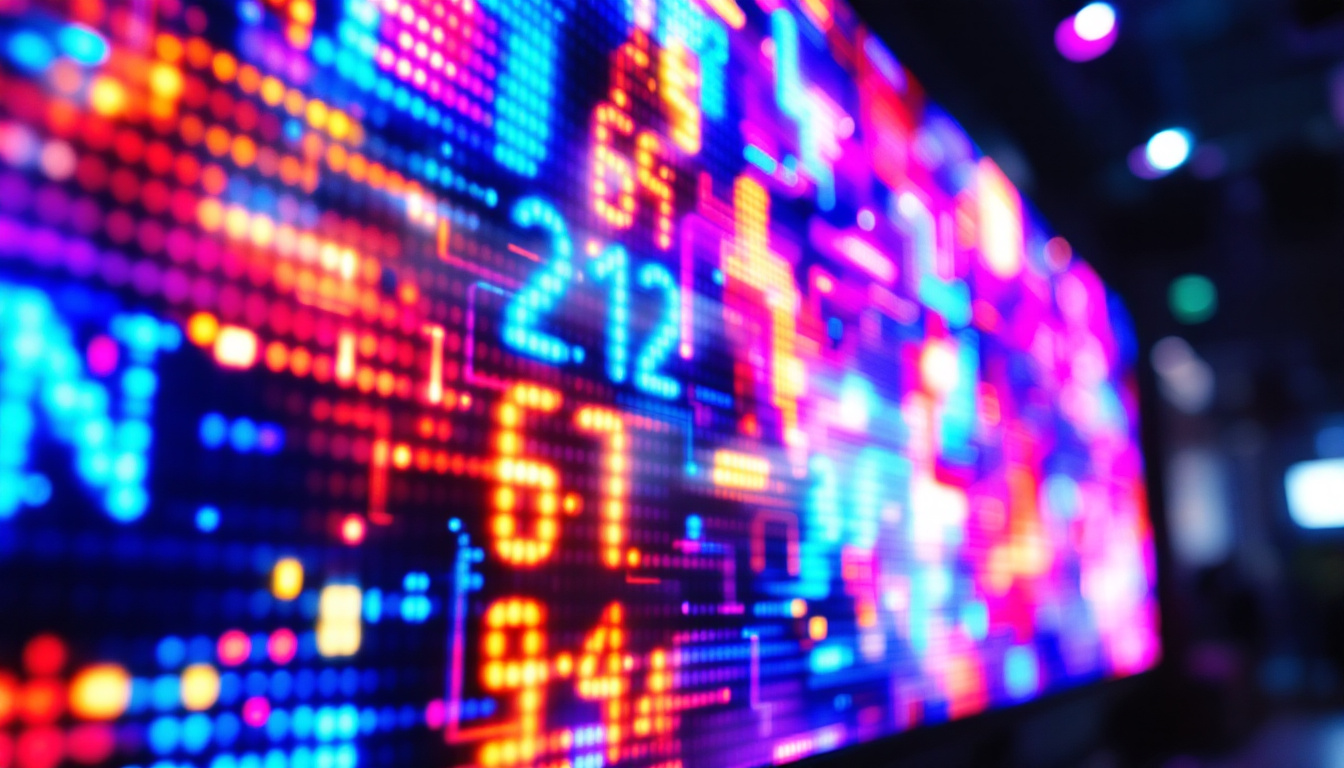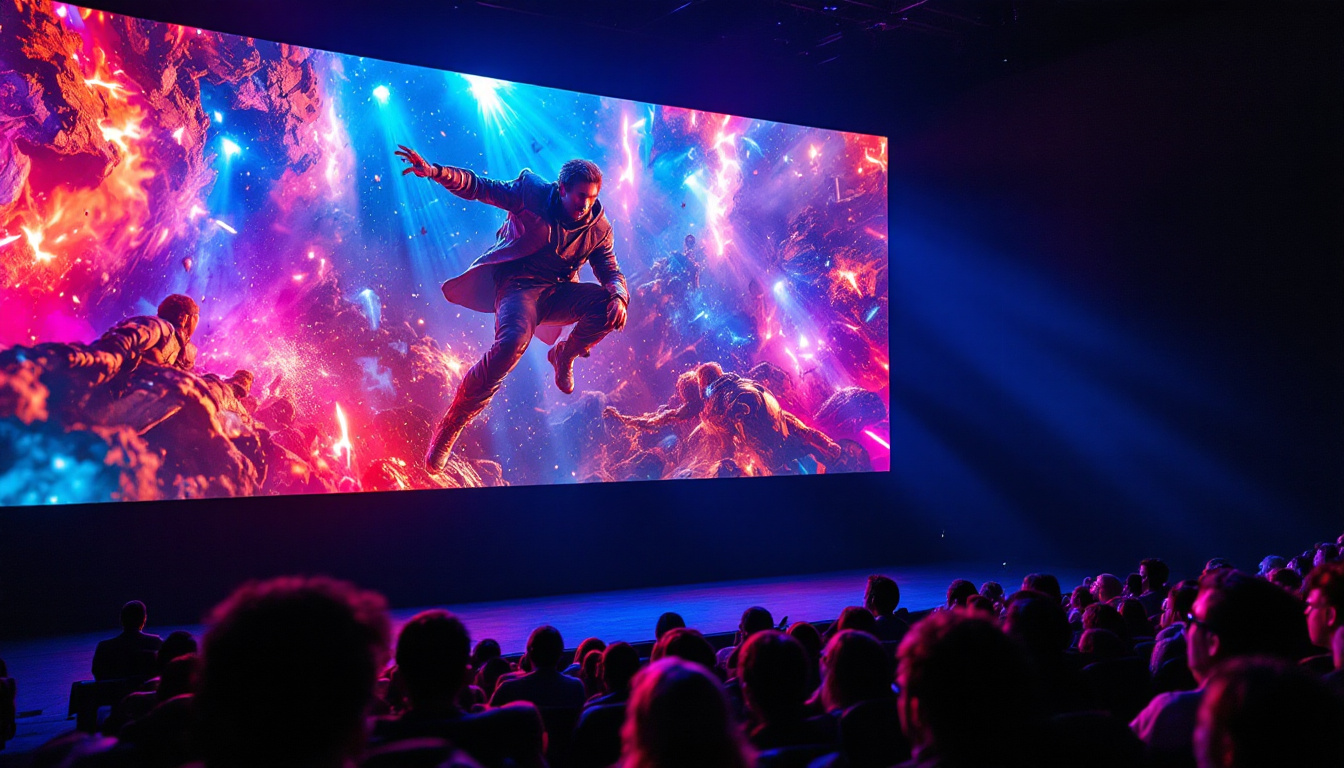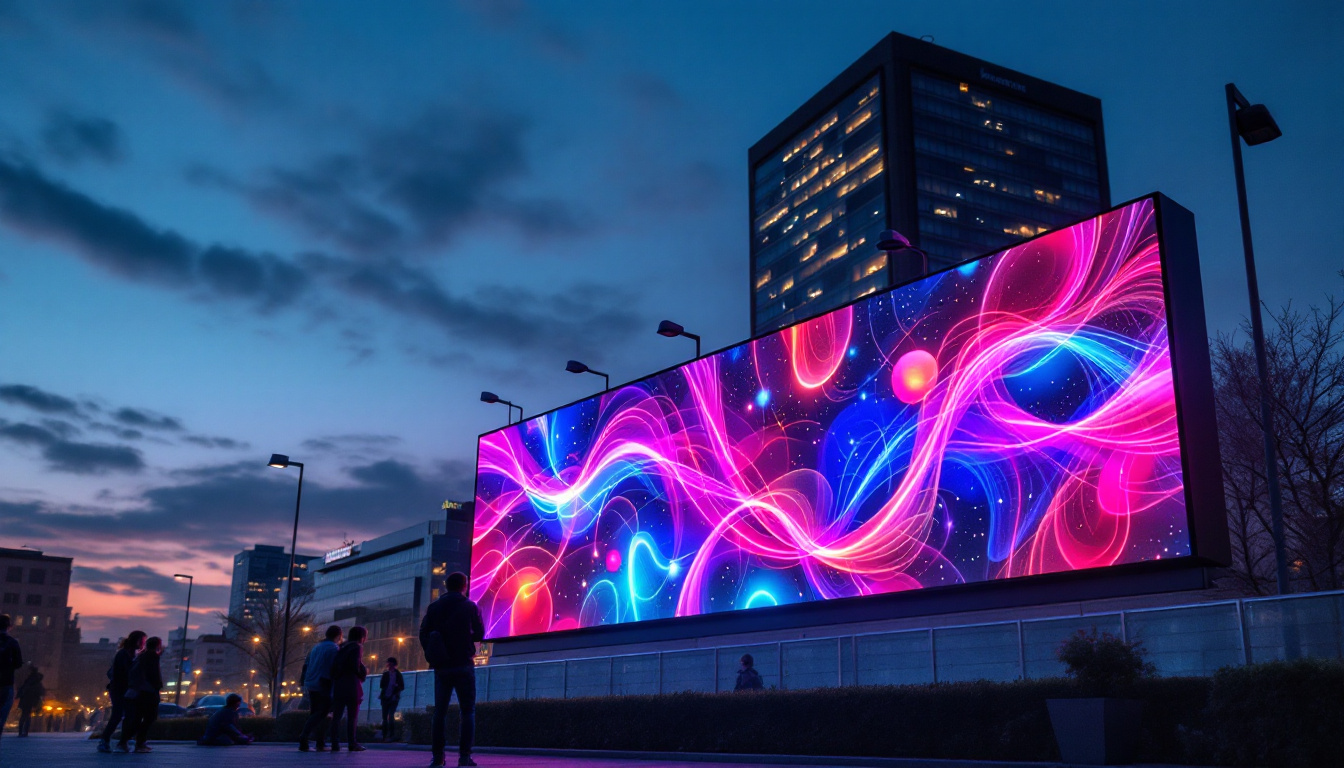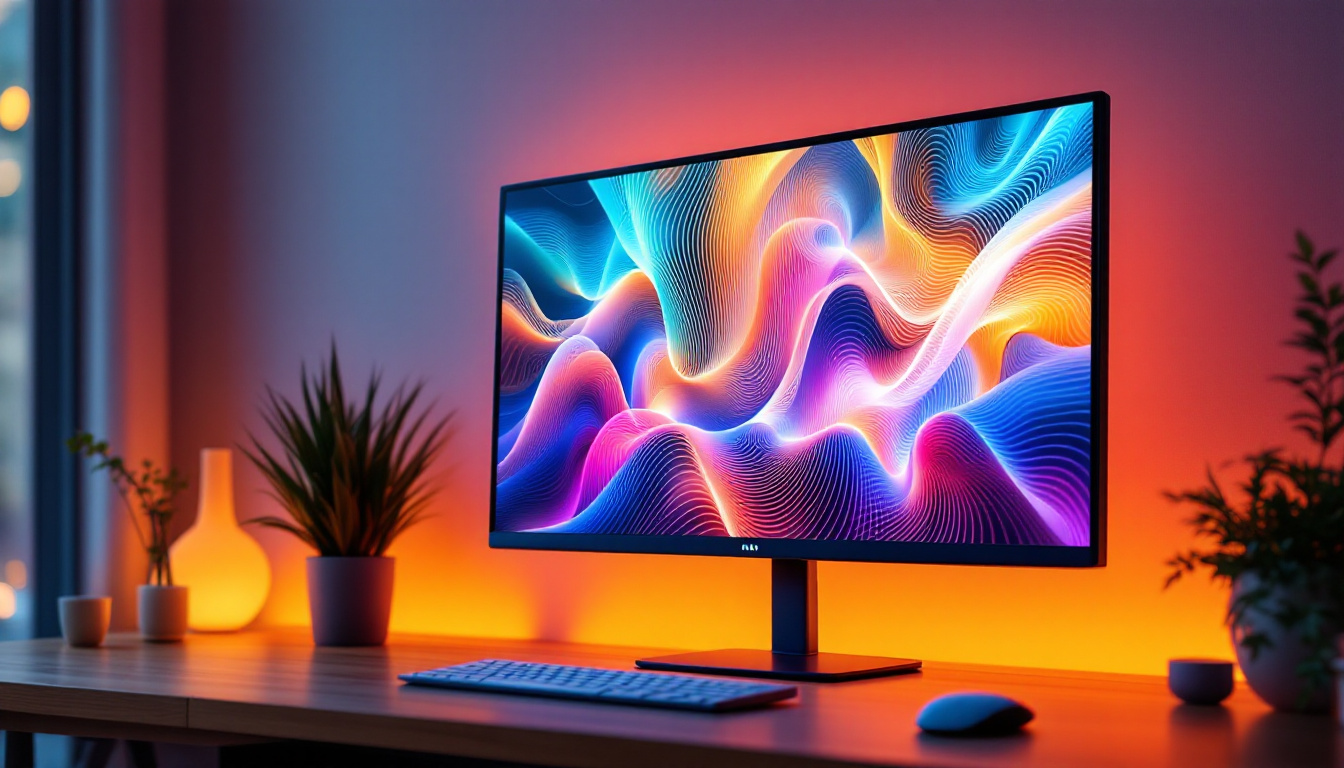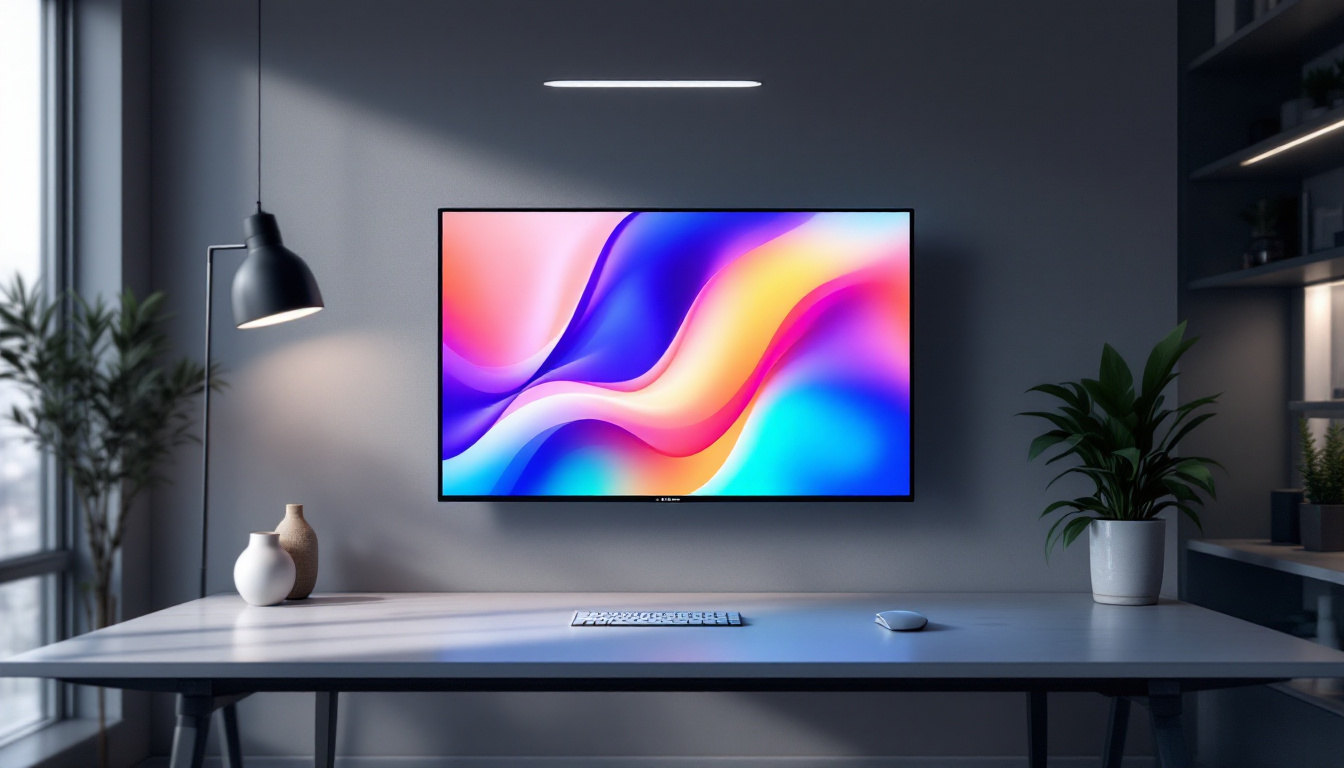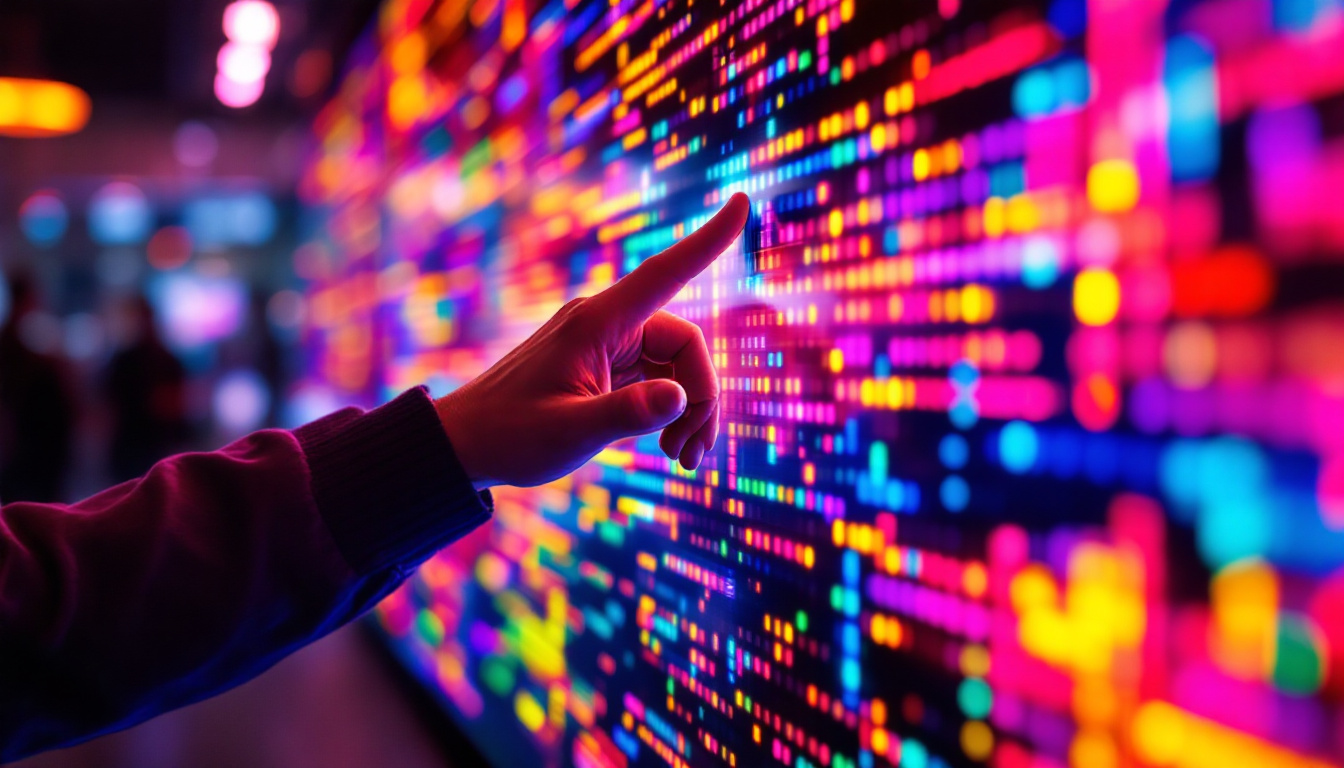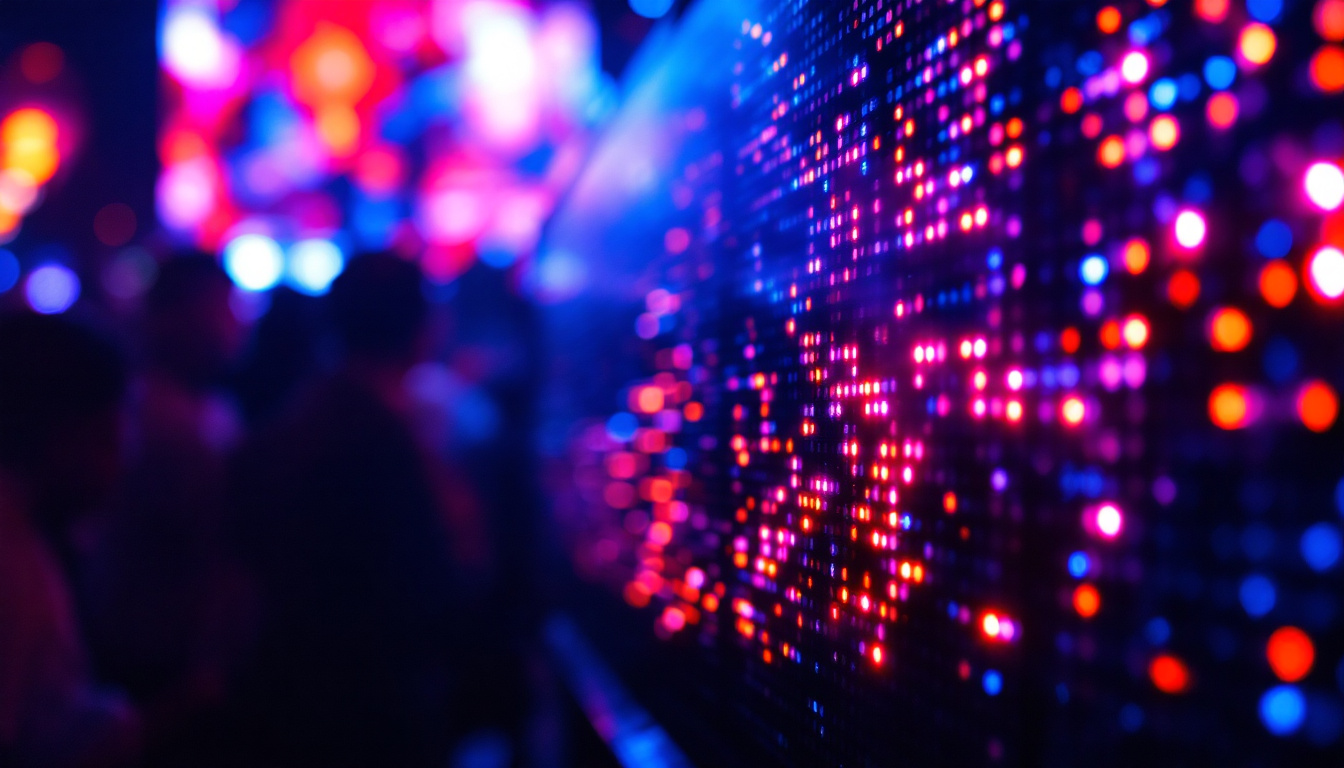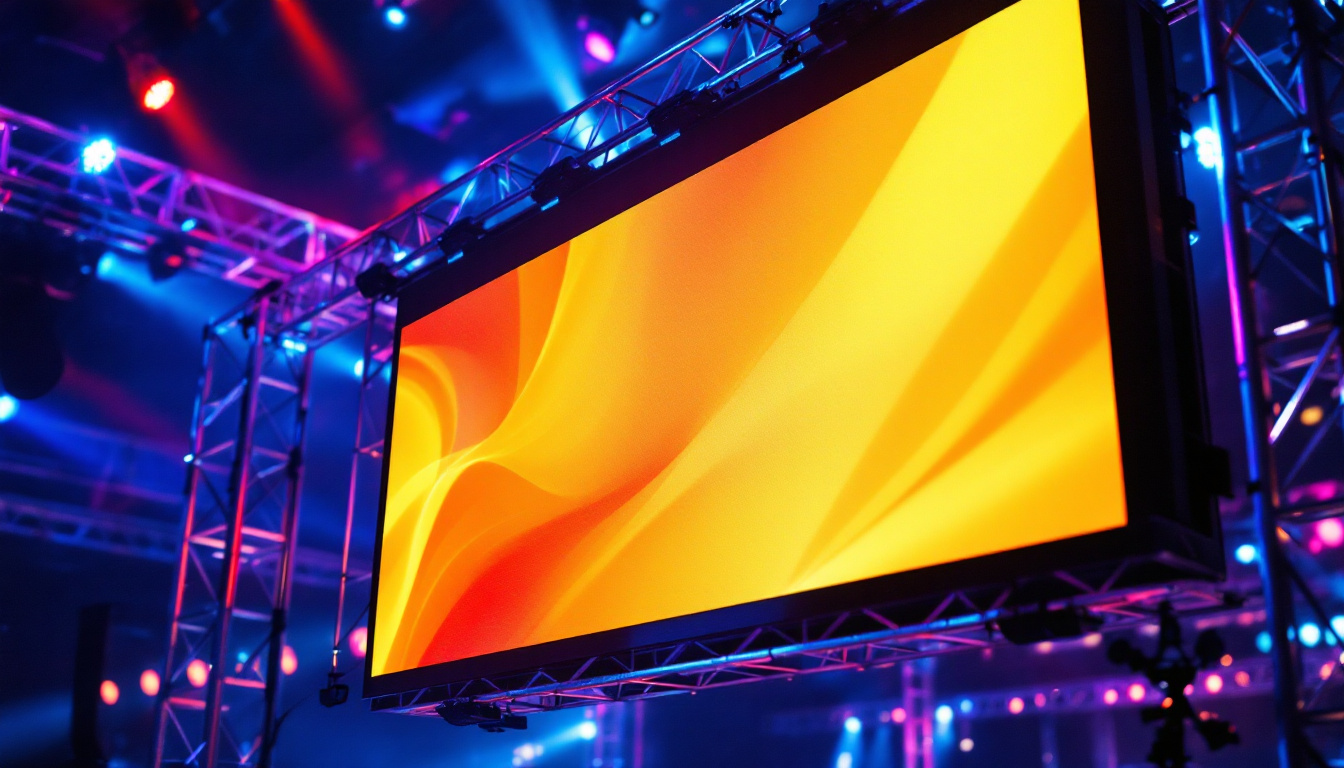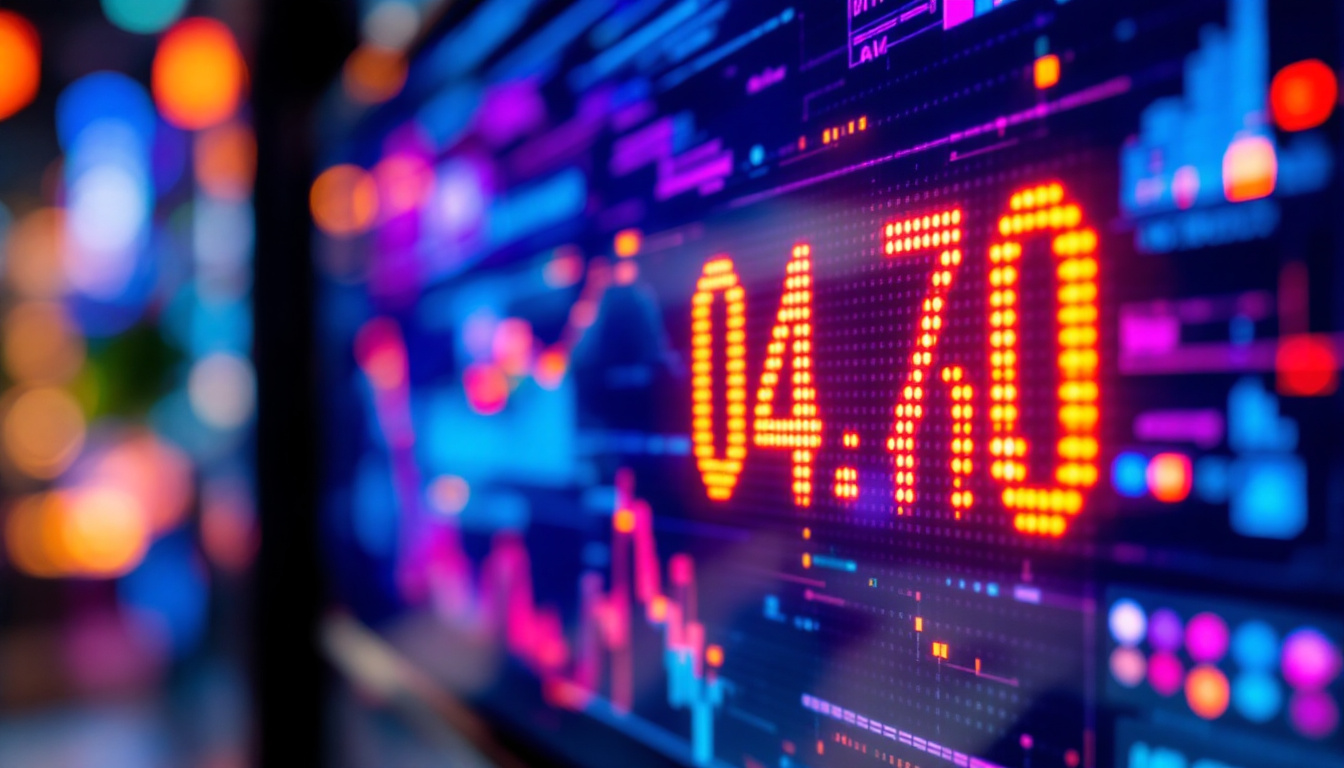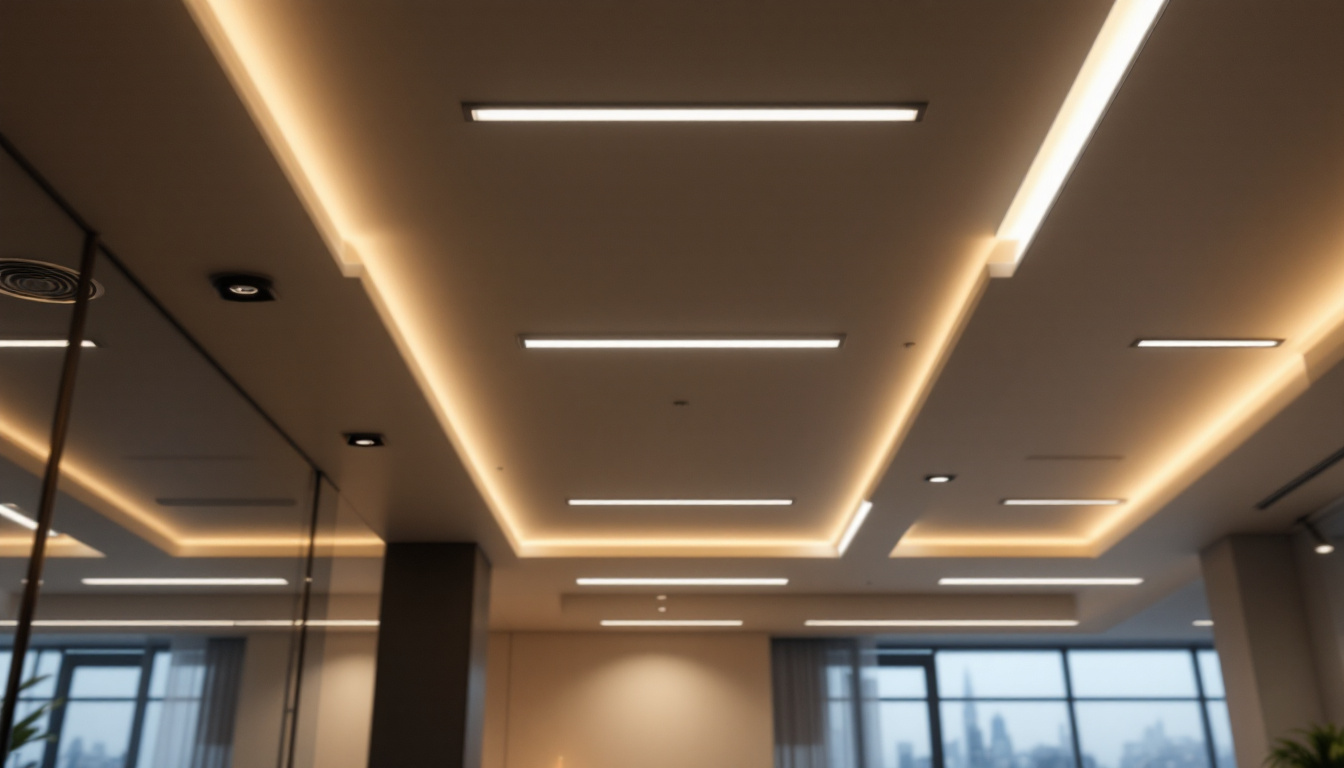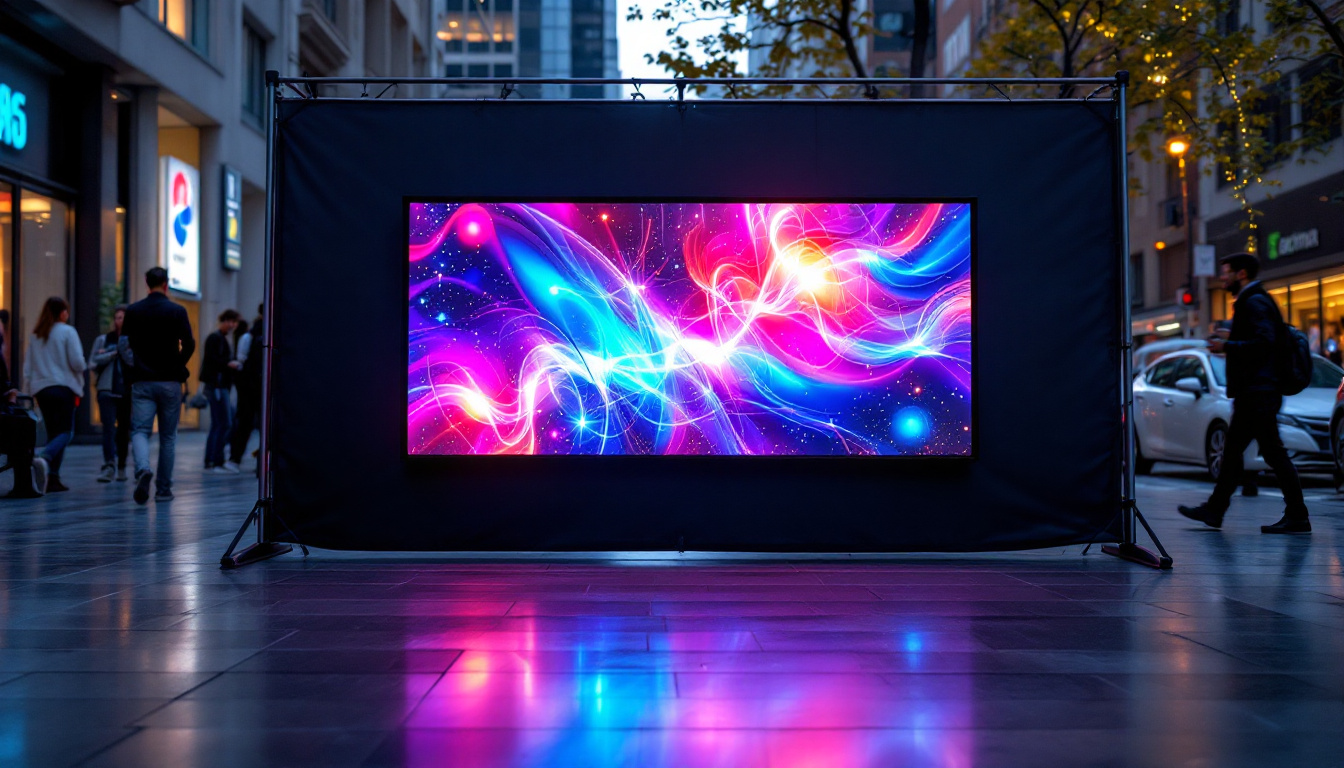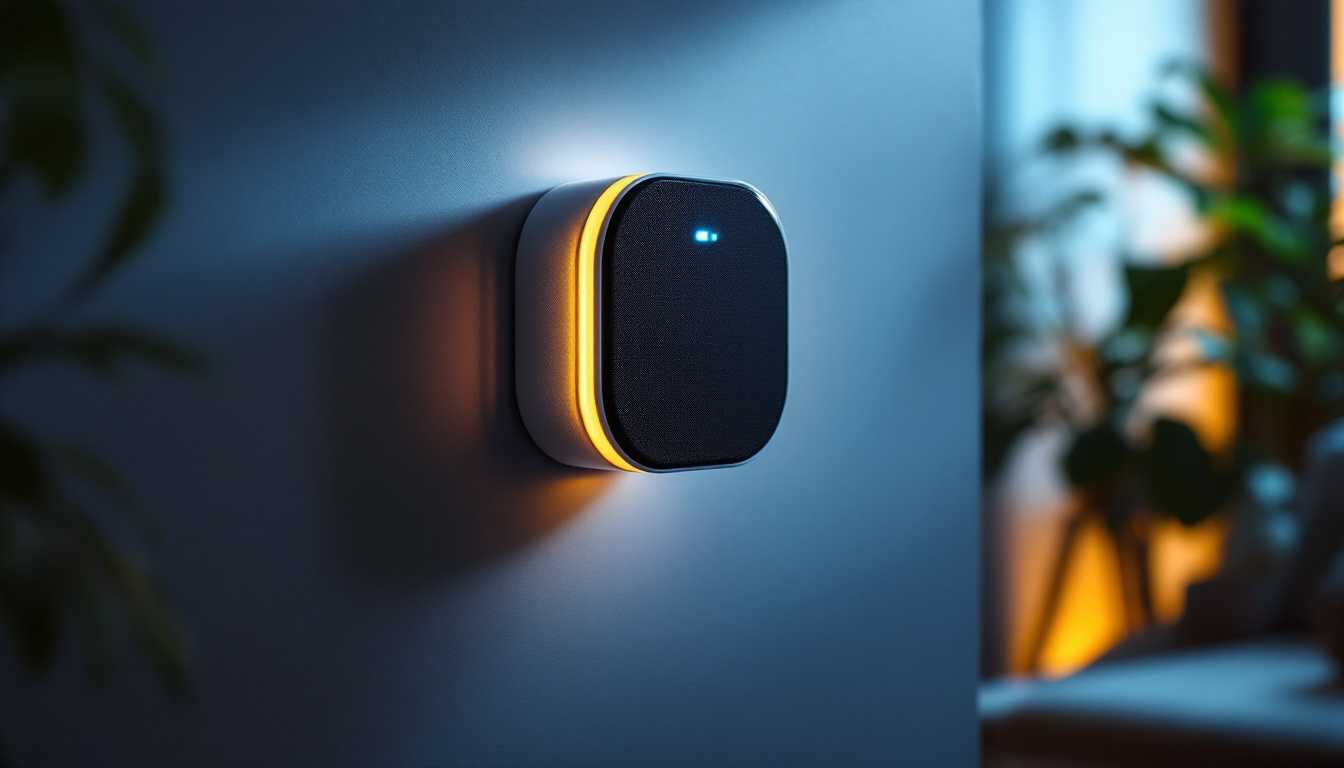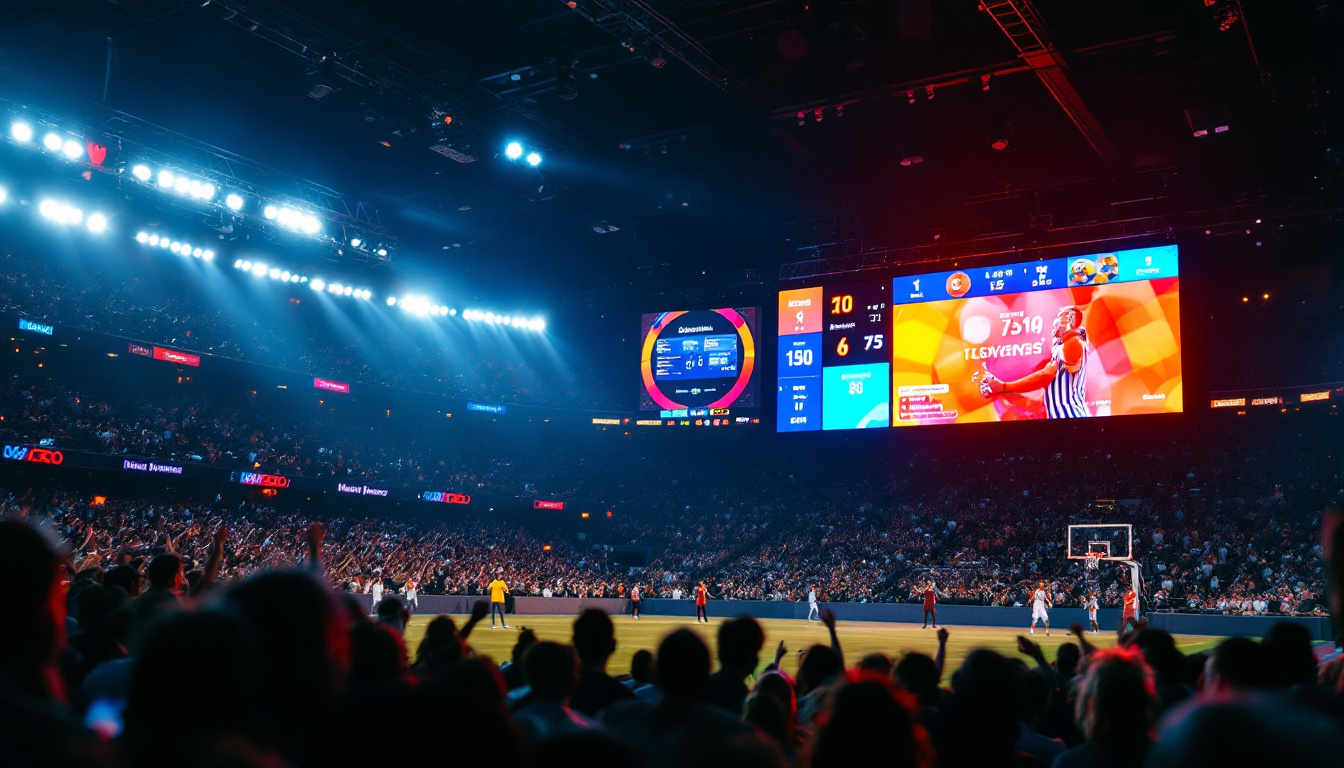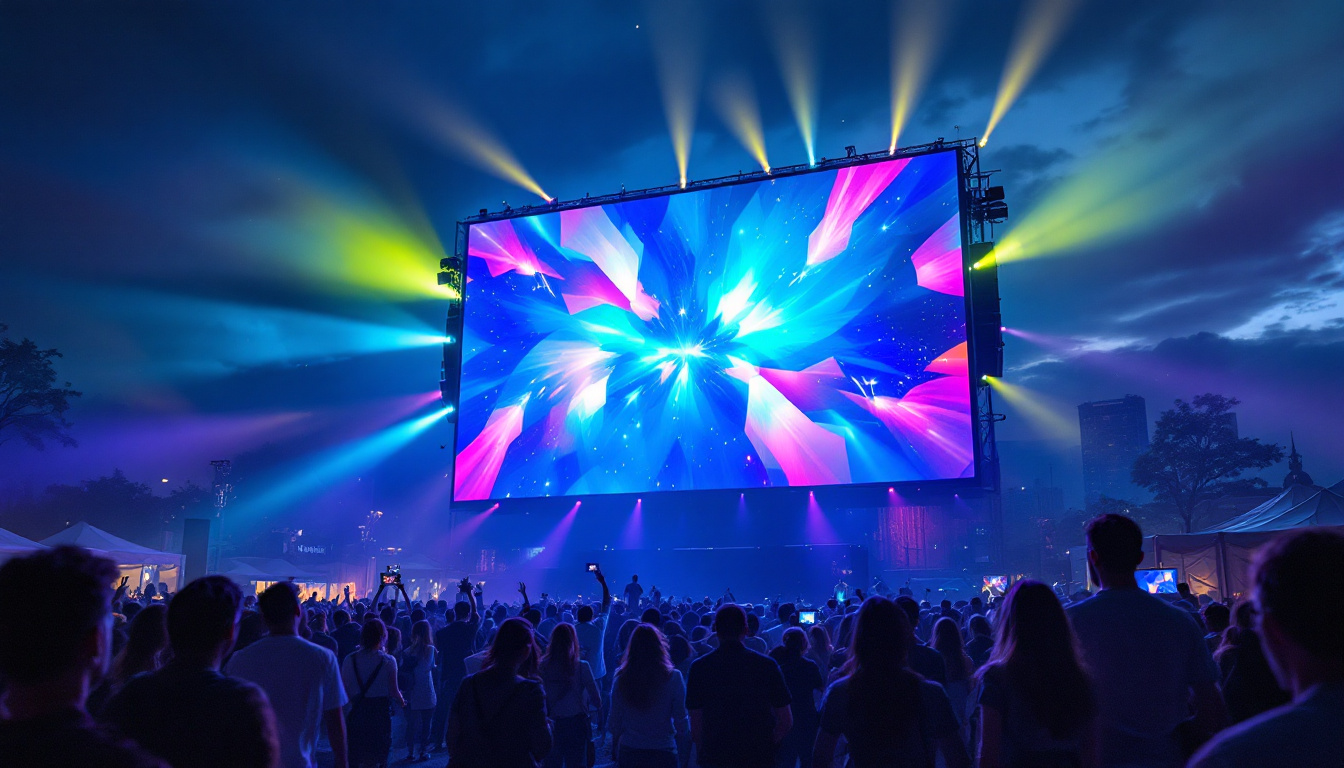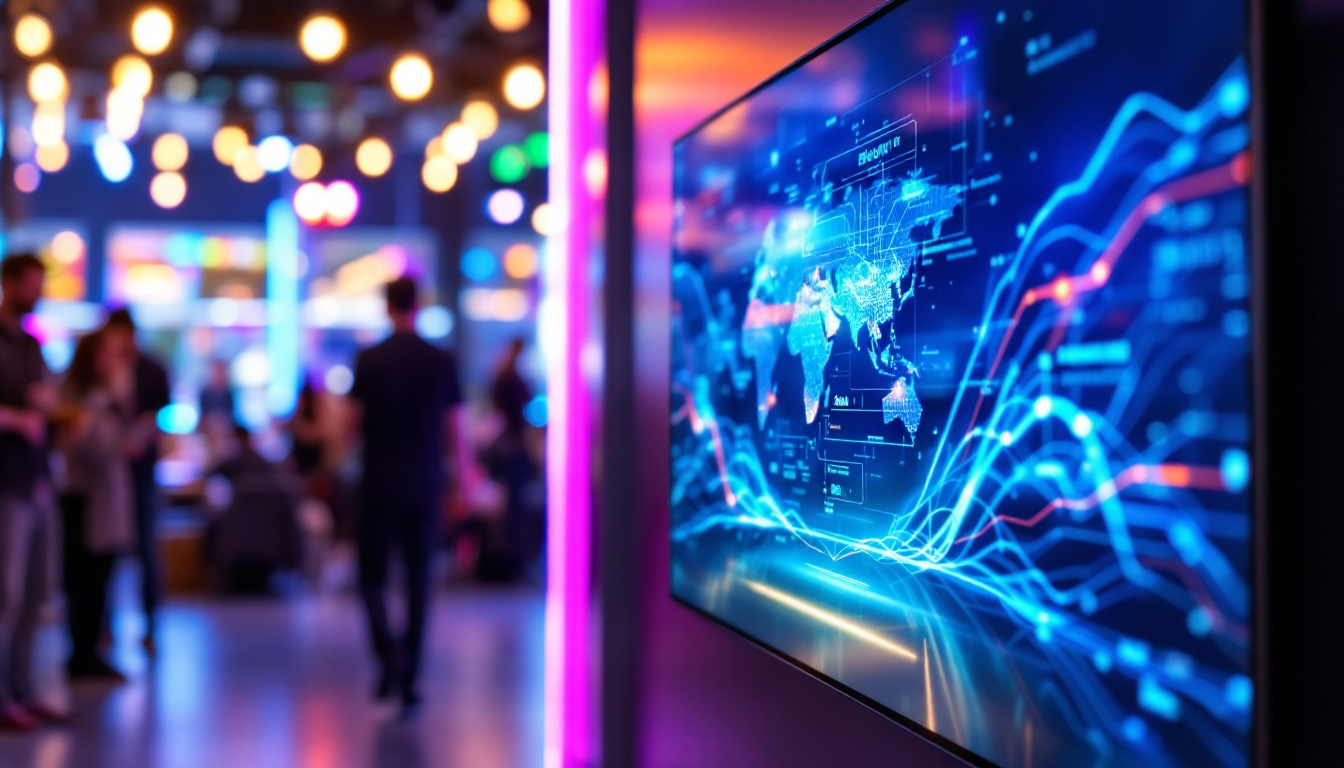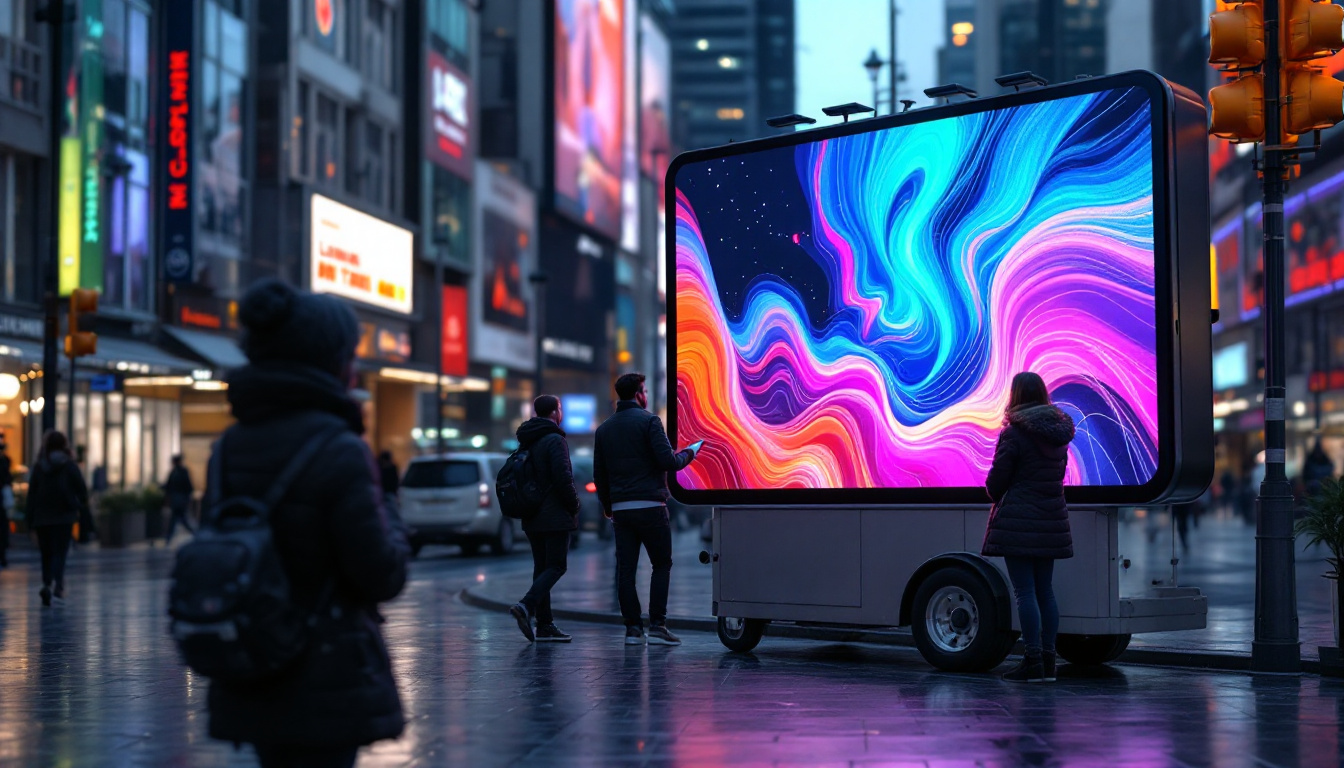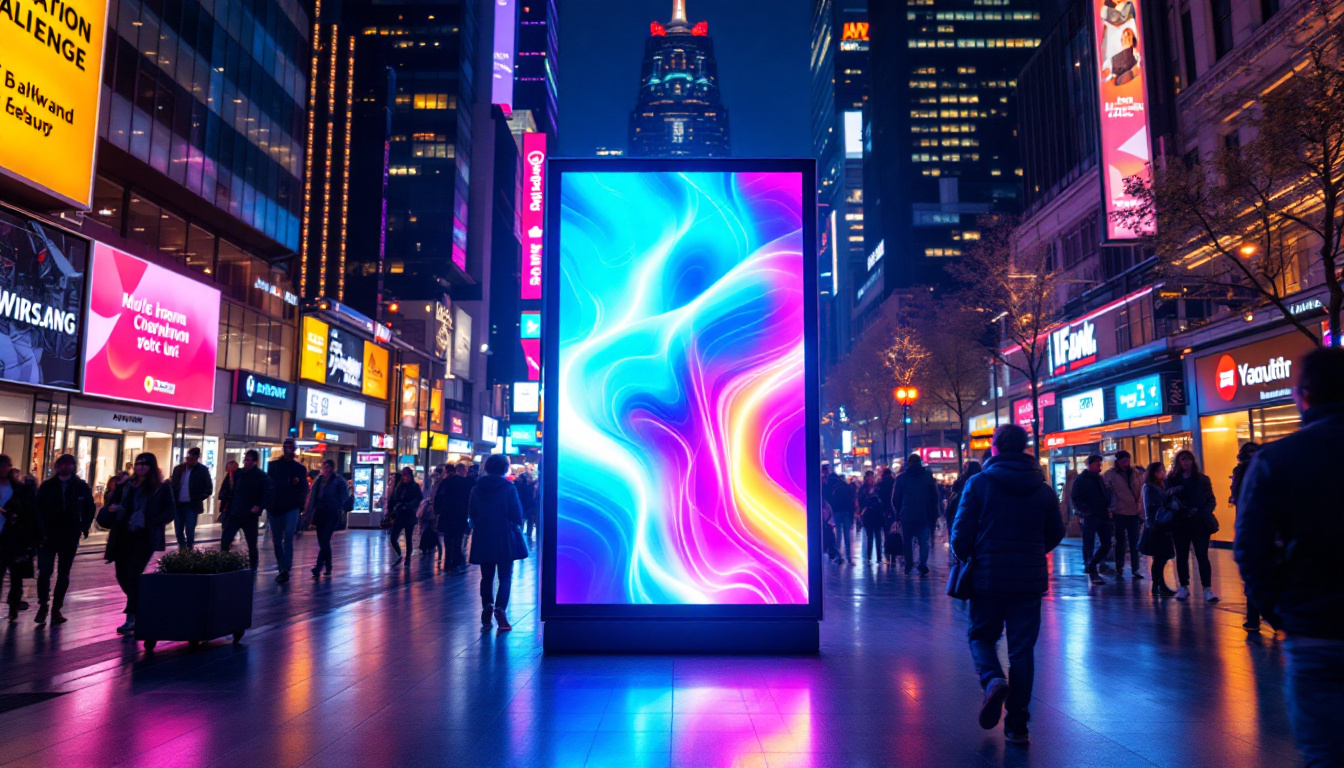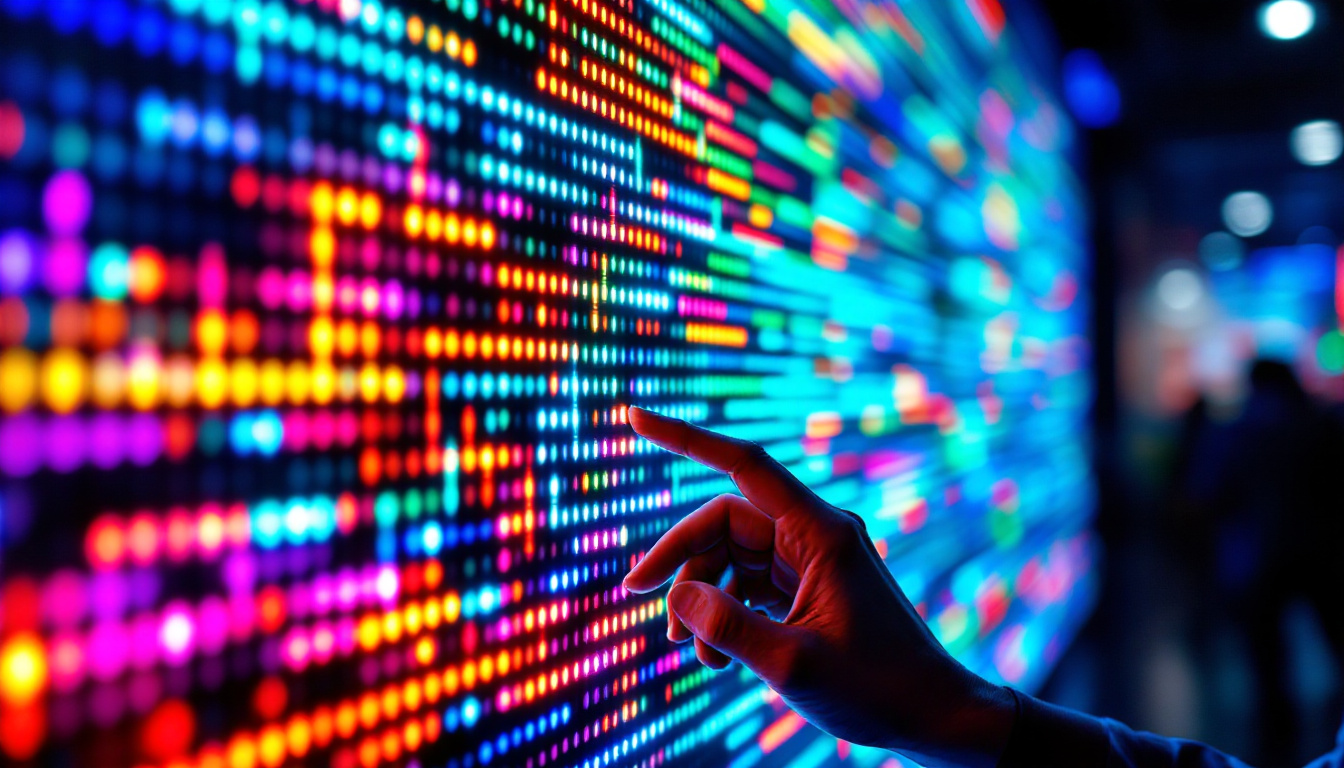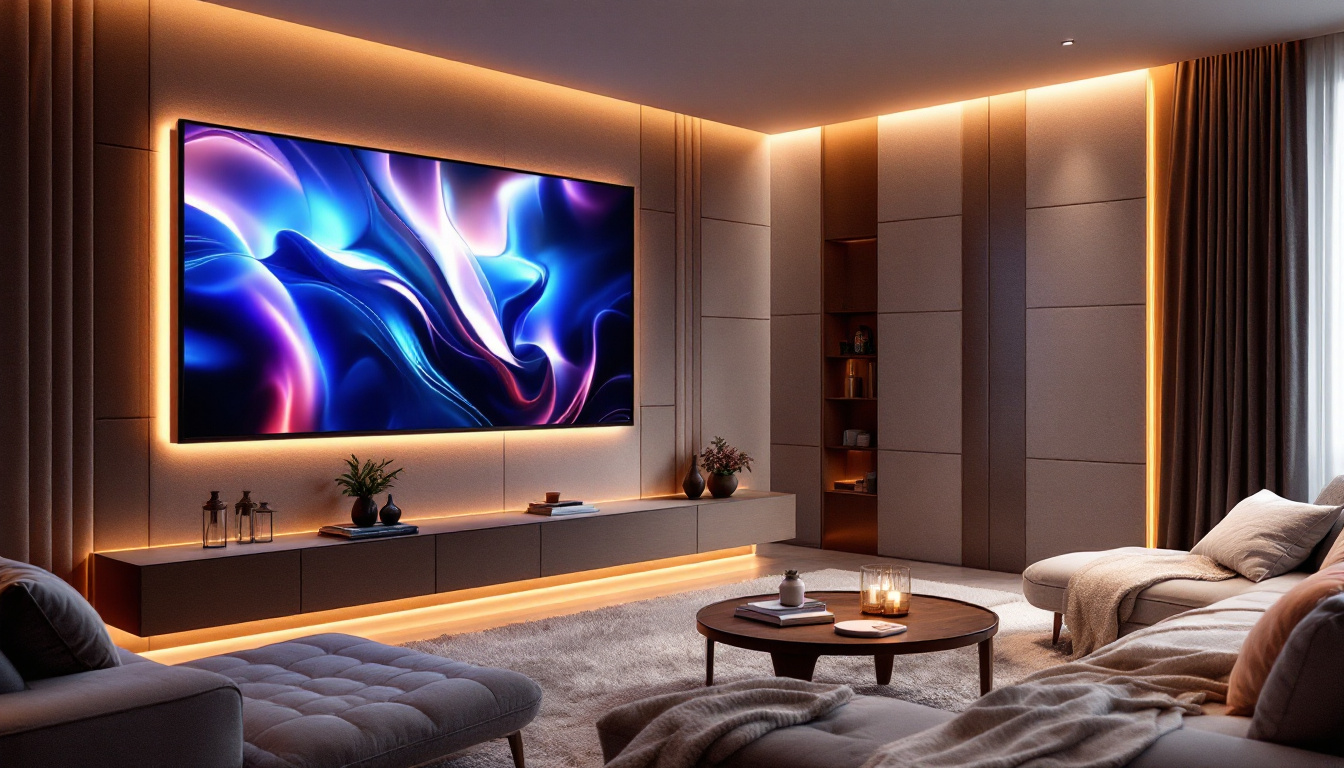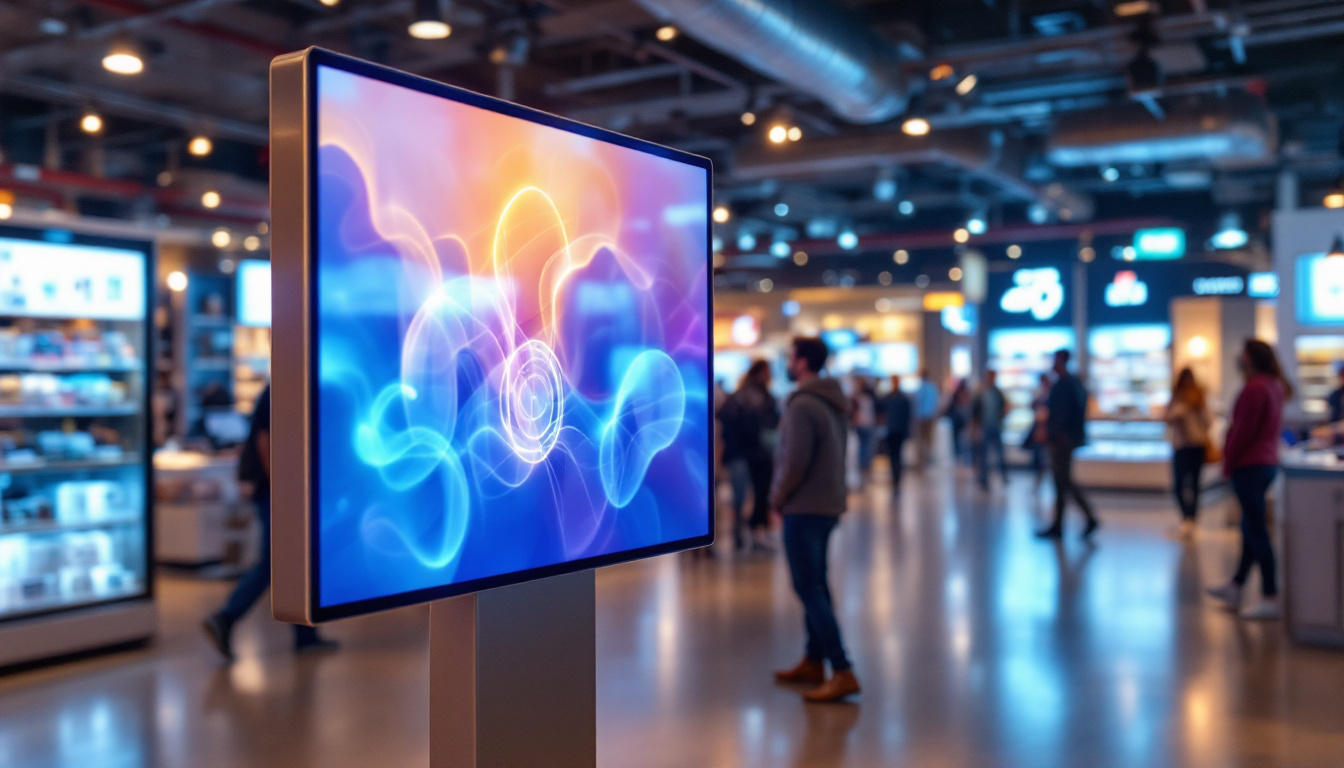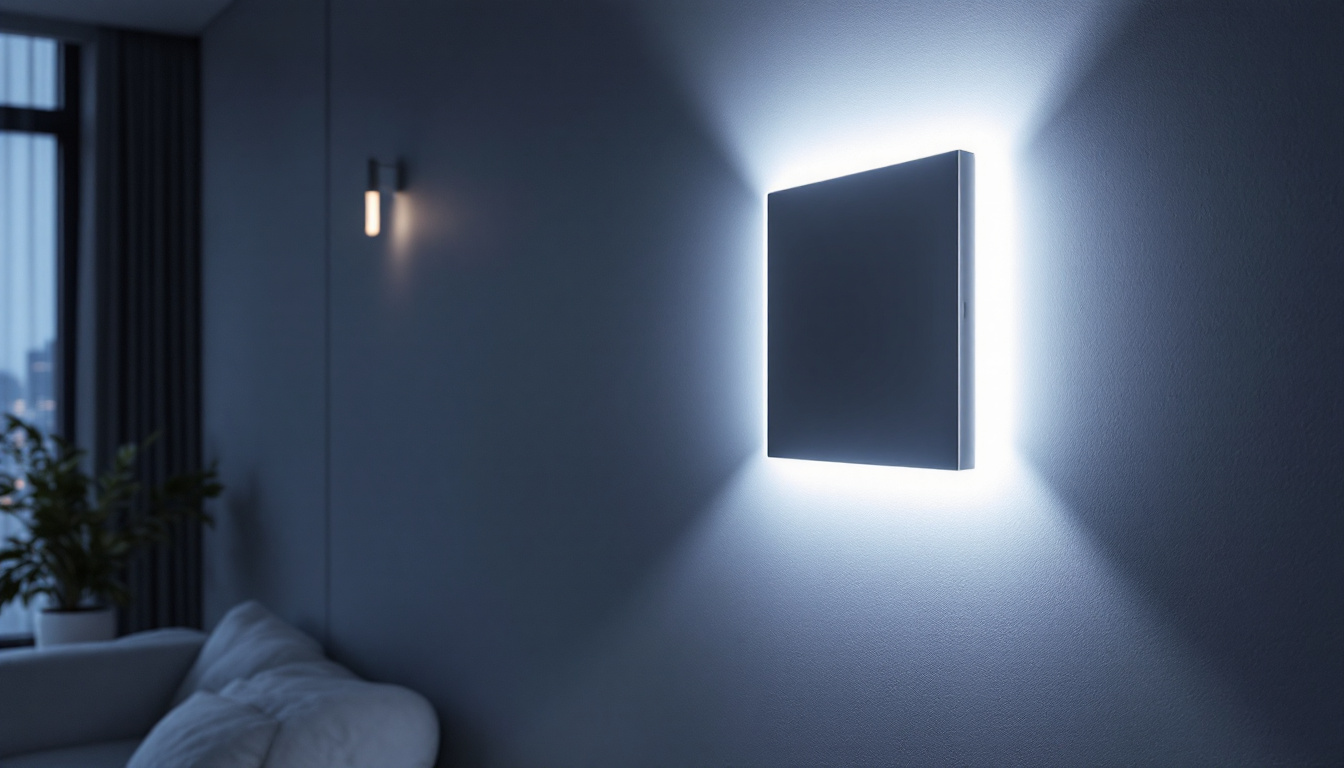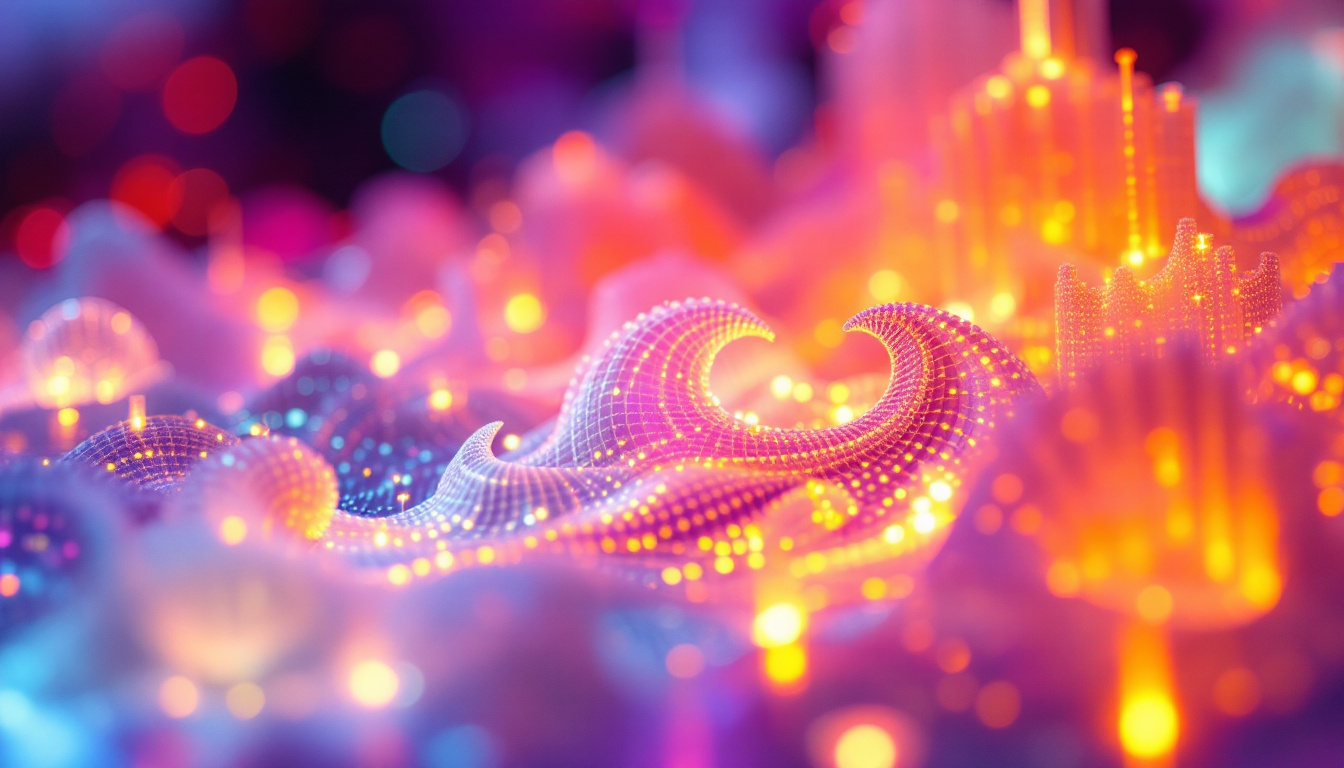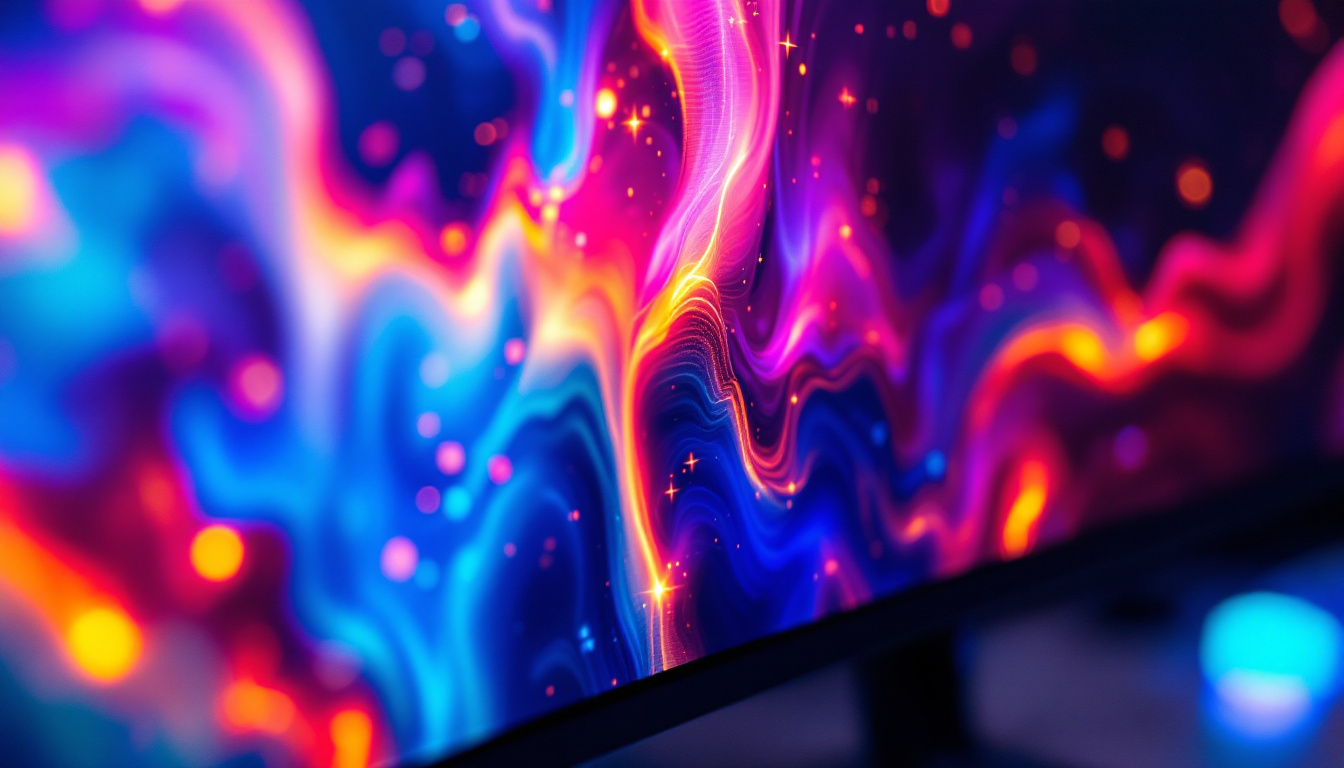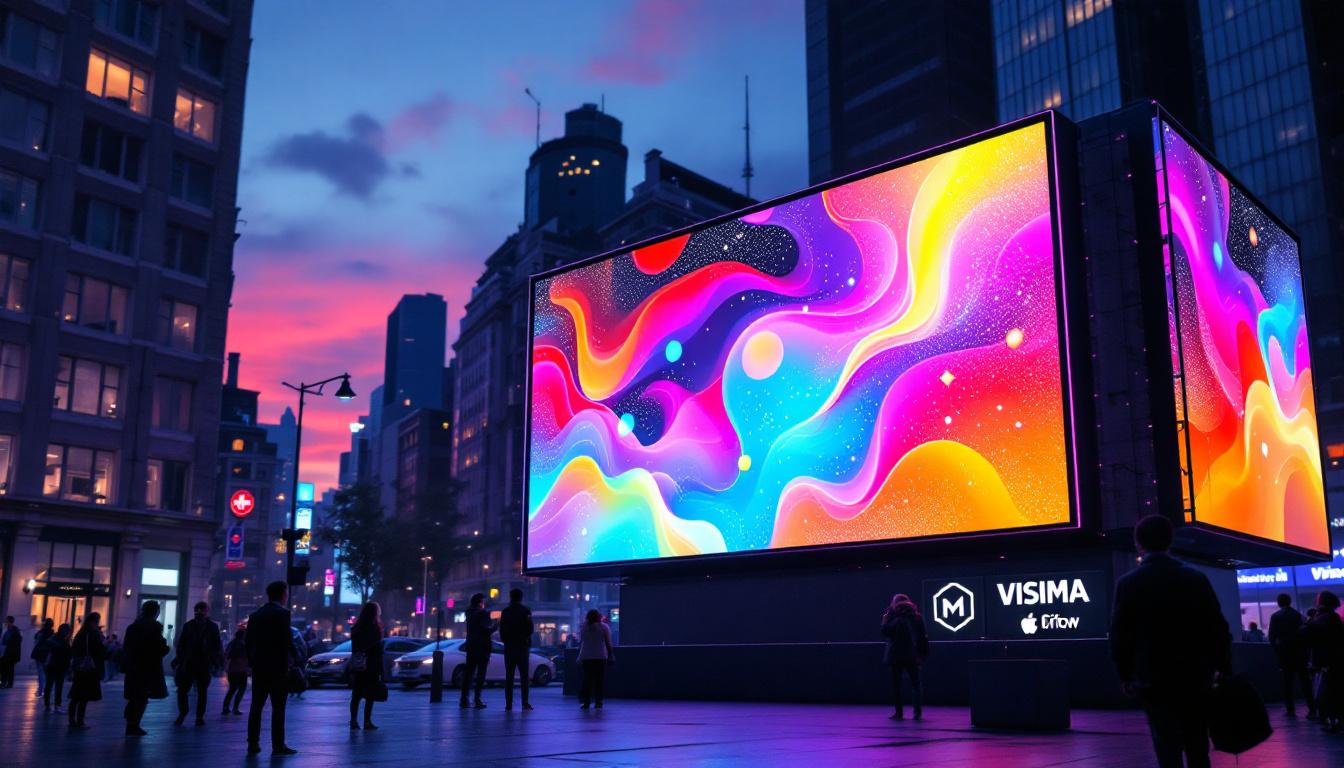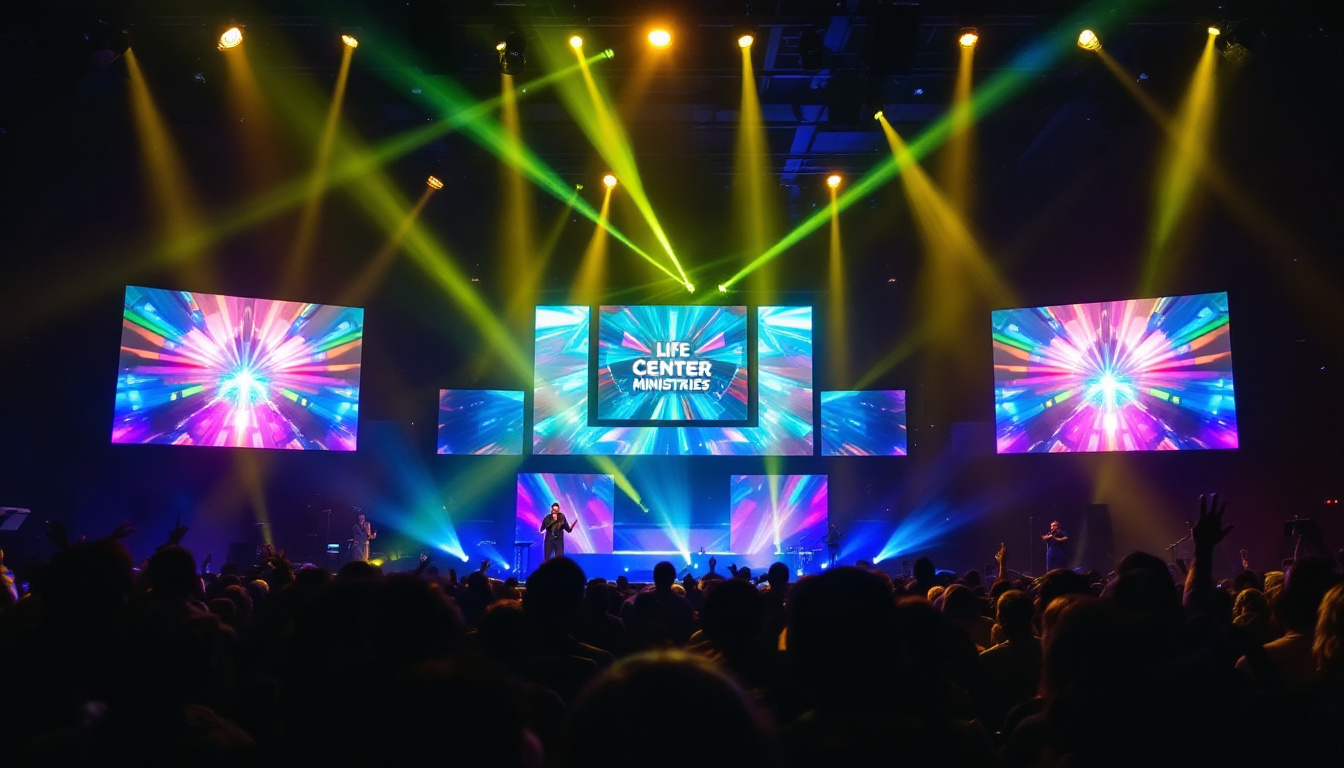In recent years, LED displays have revolutionized the way we experience visual content. From billboards to televisions, these displays have become ubiquitous in our daily lives. This article delves into the intricacies of LED technology, exploring its functionality, applications, and advantages over traditional display methods.
Understanding LED Technology
LED, or Light Emitting Diode, is a semiconductor device that emits light when an electric current passes through it. Unlike traditional incandescent bulbs that produce light through heat, LEDs are more energy-efficient and longer-lasting. This fundamental difference is what makes LED technology so appealing for various applications, particularly in display technology. The efficiency of LEDs not only translates to lower energy bills for consumers but also contributes to a significant reduction in carbon emissions, making them an environmentally friendly lighting option.
The Basics of LED Operation
The operation of an LED is based on electroluminescence, a phenomenon where certain materials emit light when an electric current is applied. The core components of an LED include a p-n junction, which is formed by combining p-type and n-type semiconductors. When voltage is applied, electrons move from the n-type region to the p-type region, releasing energy in the form of photons—this is the light we see. This process is remarkably efficient, with LEDs converting a higher percentage of energy into visible light compared to traditional bulbs, which lose a significant amount of energy as heat.
Different materials can be used to create LEDs that emit various colors. For example, gallium nitride produces blue light, while gallium phosphide is used for green light. By mixing these colors, a broad spectrum of hues can be achieved, making LEDs highly versatile for display purposes. Additionally, advancements in technology have led to the development of white LEDs, which are created by combining blue LEDs with yellow phosphor, allowing for a warm and inviting light that closely resembles natural daylight.
Types of LED Displays
LED displays come in various forms, each suited for different applications. The most common types include:
- Direct View LED Displays: These displays consist of individual LED modules that create images by lighting up pixels directly. They are commonly used in large outdoor screens and digital billboards, where high brightness and visibility are crucial. The modular nature of these displays allows for easy scalability, making them ideal for events and advertising.
- LED Backlit Displays: Unlike direct view displays, these utilize LEDs to illuminate an LCD panel from behind. This technology is prevalent in televisions and computer monitors, enhancing brightness and color accuracy. The backlighting can be adjusted to improve contrast and energy efficiency, allowing for a more immersive viewing experience.
- Organic LED (OLED) Displays: OLEDs use organic compounds to emit light, allowing for thinner displays with better contrast ratios. They are often found in high-end televisions and smartphones. The flexibility of OLED technology also opens doors to innovative designs, such as curved and foldable screens, which can revolutionize the way we interact with our devices.
In addition to these types, there are also specialized LED displays, such as transparent LEDs, which allow for visibility through the screen while displaying images or advertisements. This technology is gaining traction in retail environments, where it can enhance the shopping experience without obstructing views. Furthermore, advancements in microLED technology promise even greater resolution and efficiency, paving the way for the next generation of display solutions that could redefine visual experiences across various industries.
Applications of LED Displays
The versatility of LED displays has led to their adoption across various sectors. Their ability to deliver high-quality visuals in diverse environments makes them an ideal choice for numerous applications.
Advertising and Marketing
One of the most prominent uses of LED displays is in advertising. Digital billboards and signage have transformed the advertising landscape, allowing for dynamic content that can be updated in real-time. This capability not only captures attention but also enables targeted advertising based on time, location, and audience demographics.
Moreover, LED displays can be programmed to showcase multiple advertisements in a rotating manner, maximizing exposure for businesses. The bright and vibrant colors of LED technology ensure that advertisements stand out, even in daylight, making them highly effective for marketing purposes. In addition, the interactive potential of LED displays has opened new avenues for engagement, with touch-sensitive screens allowing consumers to interact with advertisements directly, thereby enhancing the overall consumer experience.
Entertainment and Events
In the entertainment industry, LED displays are a staple at concerts, festivals, and sporting events. Large-scale LED screens provide audiences with an immersive experience, enhancing the visual aspect of performances. These displays can be configured in various shapes and sizes, allowing for creative installations that captivate viewers.
Additionally, LED walls are often used in theaters and cinemas to create stunning visual effects, contributing to the overall atmosphere of the performance. The ability to produce high-resolution images and videos makes LED technology a preferred choice for event organizers. Beyond just visuals, LED displays can also be synchronized with sound systems to create a cohesive audio-visual experience, further elevating the impact of live performances. This synchronization allows for dynamic storytelling, where visuals and sound work in harmony to evoke emotions and enhance audience engagement.
Architectural and Decorative Lighting
LED technology has also found its way into architectural design and decorative lighting. Buildings and structures can be illuminated using LED displays, creating striking visual effects that enhance their aesthetic appeal. From illuminating facades to creating dynamic light shows, LED technology offers endless possibilities for architects and designers.
Furthermore, LED displays can be integrated into smart city initiatives, providing real-time information and enhancing public spaces. Their energy efficiency aligns with sustainability goals, making them a responsible choice for urban development. In addition to their functional benefits, LED displays can also serve as canvases for artistic expressions, with artists using them to create stunning light installations that transform urban landscapes into vibrant art galleries. This fusion of technology and art not only beautifies public spaces but also fosters community engagement and cultural expression, making cities more lively and interactive.
Advantages of LED Displays
LED displays offer numerous advantages over traditional display technologies, making them a preferred choice for a wide range of applications.
Energy Efficiency
One of the most significant benefits of LED displays is their energy efficiency. LEDs consume far less power than traditional incandescent or fluorescent lights, resulting in lower electricity bills and a reduced carbon footprint. This efficiency is particularly beneficial for large-scale installations, such as outdoor billboards, where energy costs can be substantial.
Additionally, the long lifespan of LEDs—often exceeding 50,000 hours—means that they require less frequent replacements, further contributing to cost savings and sustainability.
Brightness and Visibility
LED displays are known for their exceptional brightness and visibility, making them suitable for both indoor and outdoor environments. Their ability to produce vibrant colors and high contrast ratios ensures that images and videos are clear and eye-catching, even in direct sunlight.
This characteristic is particularly advantageous for advertising and event applications, where capturing the audience’s attention is paramount. The superior visibility of LED displays allows for effective communication of messages, regardless of lighting conditions.
Durability and Reliability
LED displays are built to withstand various environmental conditions, making them highly durable and reliable. Unlike traditional displays, which can be fragile and susceptible to damage, LEDs are robust and resistant to shocks, vibrations, and temperature fluctuations.
This durability makes LED displays ideal for outdoor use, where they can endure harsh weather conditions without compromising performance. Their reliability ensures consistent operation, reducing maintenance costs and downtime.
Challenges and Considerations
While LED displays offer numerous advantages, they are not without challenges. Understanding these considerations is crucial for making informed decisions about their use.
Initial Costs
The initial investment for LED displays can be higher than that of traditional display technologies. However, this cost is often offset by the long-term savings associated with energy efficiency and reduced maintenance. Businesses and organizations should weigh the upfront costs against the potential benefits to determine the best course of action.
Heat Management
LED displays generate heat during operation, which can affect their performance and longevity if not properly managed. Effective heat dissipation systems are essential to ensure optimal functioning and prevent overheating. This consideration is particularly important for large-scale installations, where heat buildup can be significant.
Investing in quality cooling solutions can mitigate these risks and enhance the overall performance of LED displays.
The Future of LED Displays
The future of LED display technology looks promising, with continuous advancements driving innovation and expanding applications. As technology evolves, several trends are emerging that are likely to shape the landscape of LED displays.
Integration with Smart Technologies
As smart technologies become more prevalent, the integration of LED displays with IoT (Internet of Things) systems is expected to grow. This integration will enable real-time data sharing, interactive content, and enhanced user experiences. For instance, LED displays can be programmed to respond to environmental changes, such as adjusting brightness based on ambient light conditions.
Furthermore, smart LED displays can provide real-time information, such as traffic updates or weather alerts, enhancing their functionality and utility in public spaces.
Advancements in Display Quality
Ongoing research and development in LED technology are leading to improvements in display quality. Higher resolutions, better color accuracy, and wider viewing angles are just a few of the advancements being made. These improvements will further enhance the visual experience, making LED displays even more appealing for various applications.
Additionally, innovations in flexible and transparent LED displays are opening up new possibilities for creative installations in architecture and design.
Conclusion
LED displays have transformed the way visual content is presented, offering numerous advantages over traditional technologies. Their energy efficiency, brightness, and durability make them a preferred choice for a wide range of applications, from advertising to entertainment and architectural design.
As technology continues to advance, the future of LED displays looks bright, with new innovations and integrations enhancing their functionality and effectiveness. Understanding the intricacies of LED technology is essential for businesses and organizations looking to leverage its benefits in an increasingly digital world.
Explore Cutting-Edge LED Display Solutions with LumenMatrix
As you consider the transformative impact of LED displays on visual communication, LumenMatrix stands at the forefront of this technological evolution. Our commitment to innovation ensures that our range of LED display modules, from Indoor and Outdoor LED Wall Displays to specialized solutions like Vehicle LED Displays and LED Sports Displays, offer unparalleled brand visibility and immersive experiences. Whether you’re looking to captivate audiences with a Custom LED Display or integrate the sleek design of an LED Transparent Display, LumenMatrix has the expertise to bring your vision to life. Check out LumenMatrix LED Display Solutions today and take the first step towards revolutionizing your visual engagement.

